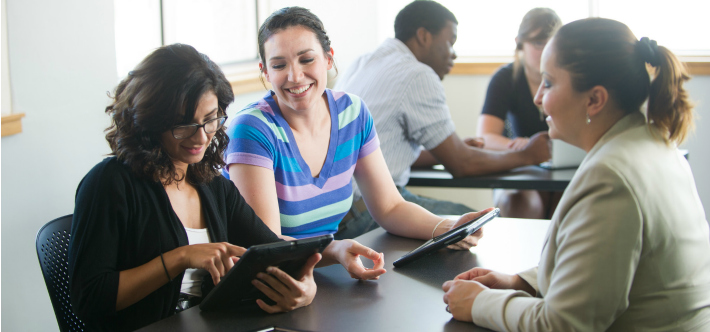 I want to take the time to talk a little about evaluating your training.
I want to take the time to talk a little about evaluating your training.
Did you know that there are actually 5 levels that need to be evaluated?
To make sure the training is effective, these are the levels you should be assessing to know if what you’re doing is working or if you need a new solution.
Level 1
This level of evaluation is done immediately after a training session. You have probably all done these from time to time.
Emma Weber, the author of Turning Learning Into Action, calls these the “happy sheets”. They are the reaction type based evaluation.
Once the training is complete, take a look around the room to see how everyone feels. Happy? Exhausted? A little bit smarter hopefully?
Level 2
A little bit more in depth than Level 1, you need to find out…
What do participants know? What has the person learned from the training or retained from other learning?
Core competencies could come into this. By this I mean you send out an annual sheet for the staff to complete about what they know on a particular topic.
Or it could be you set a questionnaire at the end of an in-service – if you don’t already have one in the training session.
Level 3
This is the behavior-based level of evaluation, and where we start to get to the meat of training evaluation.
Even though many people stop after Level 2, this is where you really start to discover if your training is effective.
Ask yourself.. What are people doing differently as a result of the training?
Why do you need to ask this?
Because this is the glue that cements the learning.
This should really be the true aim of learning – to change or improve behavior.
And you need to know… did it happen in your training? With your staff?
Level 4
At Level 4 we take our evaluation to the big picture level.
What are the results of the training? What effect has the training had on the business or environment?
Level 5
And finally ROI, or Return On Investment.
What impact has the training had on the bottom line?
Back To The Glue…
Now I want to focus for a little on Level 3 because I think this is what can make the biggest difference to levels 4 and 5.
How can you measure this?
What can you do to find out what they have learned and not just from a competency assessment or worksheet that they do at the time of training, before or after?
The Power Of A Case Study
My suggestion is to set a group case study.
Divide the staff into groups of 4 or 5 and set them a task to explore from the learning they have just done or a real life experience that has happened in your facility/organization.
A Case Study Example
Complaints topic: Use a complaint you have received and get them to analyze the complaint (like you the manager or RN have had to do).
Go through the process of communicating with the complainant, write a letter to the person, examine how it could have been avoided and so forth.
This will make them more aware of complaints and enhance the learning.
Example 2
Sensory System – Vision: A client may have macular degeneration. As a Case Study, get them define clearly what it is and how they could make life easier for a person with it.
Include getting them to sit and talk to the client about it and how it affects them, and what they need to do to help them.
This would then give them a better appreciation of what it is like to have this condition.
Real Life Examples
There are no end of real life situations that happen in your facility or organization.
Make it a fun and practical exercise. Give them time to complete and present it to you or even at a staff meeting.
What better way to enhance the learning of your staff than use something they can relate to and begin to use immediately?